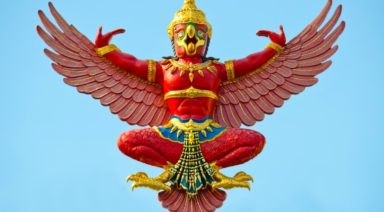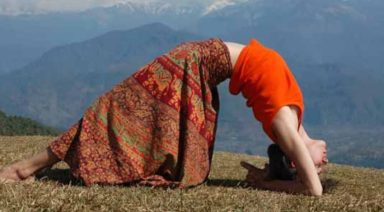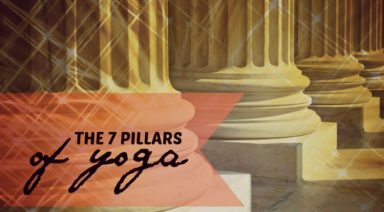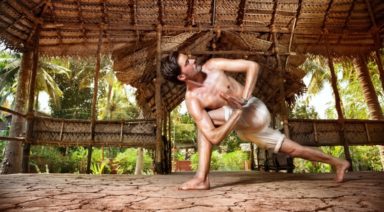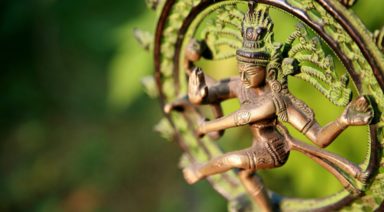7 Facts Yogis Should Know About Ayurveda

If you’ve spent any time in a Yoga class, you might have come across Ayurveda. It’s understandable if it still seems mysterious and complicated. Ayurveda (pronounced “ah-yer-vey-duh”) is a beautifully complex system, but if you start at the foundation, it is equally beautiful in its simplicity. Let’s start with seven simple facts.
- Ayurveda and Yoga have ancient roots in the Indian sub-continent and have evolved side by side for 5,000 years.
- Ayurveda is the science of life and living harmoniously in the body, mind, and in our environment. It literally translates as: Ayur = life, Veda = sacred knowledge.
- Ayurveda serves as a guide to healthy living and as a holistic system of medicine. The ultimate goal of both Yoga and Ayurveda is to attain a state of physical, mental, and spiritual harmony that will allow us to realize consciousness.
- At a fundamental level, Ayurveda identifies the five elements: Space, Air, Fire, Water, Earth, as the building blocks of all mater.
- According to Ayurveda the 5 elements are energetically represented in the human body by the three vital energies (Doshas): a. Vata (space & air) b. Pita (fire & water)c. Kapha (earth)
- There can be no physical health without a strong digestive fire, Agni (pronounced: “ugh-nee”). Agni is our power to transform nourishment into something we can use to grow and develop both physically and spiritually.
- To maintain health and help alleviate disease, Ayurveda focuses on diet, lifestyle, and herbal therapies to balance the vital energies.
So, the next time you come across Ayurveda you’ll have these seven simple facts to get you started. In order to create a lifestyle, diet, and utilize healing therapies that compliment your yoga practice, you may want to consider learning more about Yoga’s sister science, Ayurveda.
How Your Emotional State Relates to the Ayurvedic Doshas

Ayurveda is the science of life. It is a holistic form of wellness that uses natural, earth-based wisdom to promote individual balance and health. Ayurveda teaches that there are three universal intelligences at work in the macrocosm of the universe and in the microcosm of our bodies. These intelligences are called the doshas. The doshas are made up of a combination of the five great elements: earth, water, fire, air, and ether. These five elements tend to group together into pairs that create the doshas: Vata, Pitta, and Kapha.
Vata
Vata is likened to the combination of air and ether; it is light, dry, cold, and changeable. It rules everything in the body and the universe that has to do with movement, transportation, and communication. Our speech, for example, is ruled by Vata dosha as is the motion of our intestines during peristalsis.
Pitta
Pitta is the combination of the fire element with a bit of moisture. It is the intelligence that governs everything that transforms, digests, and metabolizes. It governs all that transforms in our bodies; the enzymatic action of the stomach, the power of our sight, and our metabolism are some of the areas of the body ruled by Pitta dosha.
Kapha
Kapha dosha is likened to earth and water. It is heavy, cool, and stable. It rules our immunity, our strength, and our stability. Kapha dosha also rules the watery places in the body, the lining of the stomach, and the inside of the mouth, as well as our overall strength and immune system.












